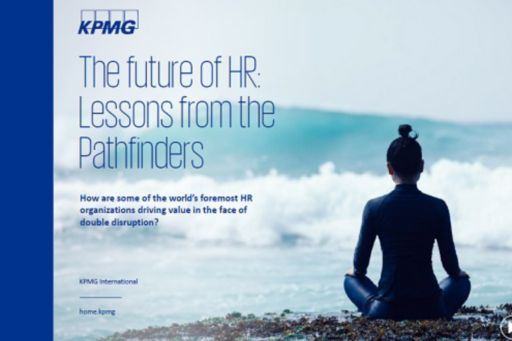Digital transformation and the profound impact of COVID-19 have changed how work gets done. The World Economic Forum calls this the "double disruption" and it sent many well-laid-out plans spinning. Literally overnight, companies shut their physical offices and enabled employees to work remotely.
This year, we conducted in-depth interviews with 18 HR leaders from across the globe who we believe showcase characteristics of Pathfinders. We have sought to understand how these organisations are navigating this double disruption and how they’re shaping the workforce for the future.
Pathfinders:
HR organisations who are focusing on integrated and mutually reinforcing capabilities such as employee experience, data and analytics, workforce shaping and digital HR and learning. Based on our 2019 and 2020 research, this cohort makes up approximately 10 percent of the sample in both years.
Our findings dive deeper in three main topics important to today’s Pathfinders:
The ‘S’ in ESG
- Pathfinders recognise that IDE brings tremendous value to the organisation and its culture.
- The talent pool is now more accessible and diverse, allowing for new levels of innovation.
- Pathfinders recognise that significant change occurs when everyone in the organisation acknowledges their own biases and adapts their behaviour in response.
The 'total workforce' approach
- Pathfinders challenge existing approaches to talent management and are embracing a new 'total workforce' philosophy.
- Tailored and personalised employee experiences help to provide great customer service.
- Pathfinders are finding innovative and more efficient ways to identify and fill skill gaps.
Reimagining HR for the new world of work
- Pathfinders experiment with new ways of working and emerging technologies to help employees adapt to disruption.
- Continuous feedback informs decisions and creates stronger communication between leaders and the workforce.
- Pathfinders use data to assess workforce performance and the total employee experience.
The traditional playbook is gone, and it’s time for HR leaders to chart the new way forward.


